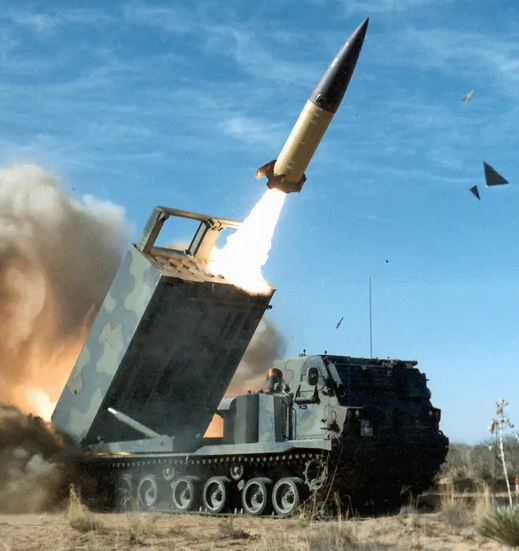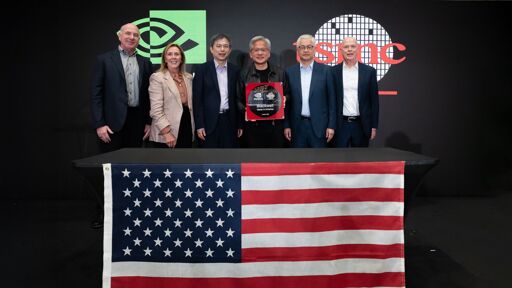FYI, about half of Nvidia cards are assembled in China. The PCB, cooling, capacitors and voltage regulators are made in China, regardless of assembly location.
Most of these components could easily be made elsewhere, albeit at a higher cost.
Meaning China is doing what Lenin wanted to do at some point - to use some basic laws of globalization (then imperialism) to kill its source. Formulated as “they will sell us the rope to hang them”, and didn’t transpire. But, well, Lenin planned for NEP to last till 80s, and then start all the socialist reforms in the society. Then he died. Together with most of those famous Bolsheviks from Soviet movies about the revolution. All from different reasons in a few years.
In this case rejecting the logistical and power benefits from using Chinese labor and facilities seems impossible as of now for Western economies.
back when i was doing research for the DoD, we would order the PCBs we designed from an authorized US supplier, and we would assemble them in our reflow oven, cuz China was a no-no. Also, PCB assembly is so automated that probably labor cost isn’t important anymore, but the supply chain benefits of Shenzhen still win from the logistics perspective
Raw Materials -> America: +Tariffs
Incomplete chips -> Taiwan: ++Tariffs
Complete chips -> America: +++TariffsSeems rather wasteful.

Dumbass shipping route, just tunnel through.
imagine how much easier it would be if the world weren’t flat
That only helps if you forget Africa exists
It would be so much easier if there world was inside out. Then we could just drop the pears to each country.
Oh fuck, Drop Pears now too?
I needed this laugh today, thank you.
This is of course drawing lines on a projected globe, rather than straight lines on a round globe. But the reality is not much better—Argentina is almost exactly on the other side of the planet from Thailand. 🫣 Thailand’s antipode is just off the coast of Peru, so very close to Argentina.
Really, really irresponsible use of resources. Especially if these pears are shipped by sea. Then it’s even worse.
Especially if these pears are shipped by sea. Then it’s even worse.
Shipping via sea is the cheapest and least greenhouse gas producing way to ship things. With the only exception being pipes, which are significantly better than ships on both fronts. However, we shouldn’t be shipping peaches via pipe. ;p
Transoceanic pipe cargo lines could be nice. Vacuuming cargo out, pushing in. Like trains, except with no life support concerns.
Someone is dropping pennies in the vacuum tubes again! Now the whole thing is jammed and we’ve got cargo backed up all the way to Guam!!
And yes Bob, we all know it was you!
Shipping via sea is the cheapest and least greenhouse gas producing way to ship things.
AFAIK all ships still run on fuel. Esecially the huge ones.
While a lot of emmissions are “hidden” in the infrastructure, ships still have infrastructure: the ports and terminals weren’t always there like the sea. Less infrastructures than other modes to be sure, but certainly not “free”.
Well there’s a clear thing you need to do now: go figure out the proportion of greenhouse gasses for a given shipped item caused by shipping. Someone has done the research, seems like you ought to find it.
We absolutely should so I can put the end of that pipe in my mouth

You have died of dysentery.
Fucking rad
Also reminds me of this lmao

Ah yeah, I failed to consider that, but it’s at least an even longer route by sea. 😅
Longer than what? By plane?
Not not but much…
Than by anything.
By sea is an extremely direct route, and by land isn’t an option, so yeah, the only comparison left is by air. And shipping by air is less efficient in all respects except time.
So saying this route is especially inefficient by sea is just a confusing statement.
For whatever reason, this method was deemed cheaper. Resources cost money, and you can count on business not blowing money for giggles. You never know what weird shit goes on behind the scenes in a trade you’re not familiar with.
Hard to imagine a case for this one though! I fear there may be government fuckery like tariffs involved.
The fact that the result can apparently still manage to show up in a store cheaper than peaches grown and packed locally just goes to show how fucked up the economics in Argentina and Thailand are.
The economy of the entire globe is designed to siphon money into the West. Third world nations largely aren’t responsible for the failures of their economies, it’s mostly because the West is doing imperialism.
So, now they get shipped back and forth across the Pacific…twice? Wow. So much “winning”.
I mean, if you compare a ton of tropical wood or fruit to a ton of microchips, the value of the latter is so much better, that this is not such a problem. There will still be some logistical overhead even if much of the processes will happen in the USA. These are supply chains more complex than anything in our daily lives.
I don’t know much about manufacturing chips, but if this is just an incremental step towards Taiwan not being a single point of failure and there will be sustained progress in this direction, then this seems like a worthwhile achievement. Obviously getting the supply chains in place and fully duplicating the manufacturing capabilities that exist in Taiwan would be quite a complex endeavor that won’t happen overnight (if ever), so incremental progress like this is about what I’d expect.
Driving up the cost
FYI, this is an AI specific chip. US manufacturing still has supply issues with low tech, cheap chips .
So just the easy part lmao
lol. Good luck trying to train American workers to build such microchips. It’s not gonna happen. They won’t work 24 hour a day.
The US produces a lot of chips, they just aren’t the consumer market leader. The US also prototypes the revolutionary new processes, i.e. 65nm-> 20nm -> …-> 5nm -> 3nm processes all started in the US. But once the process has been proofed, and it’s time for volume they send it to Israel or Taiwan to be mass produced because it’s cheaper and for no other reason.
reason #89489734874 why amd is superior








